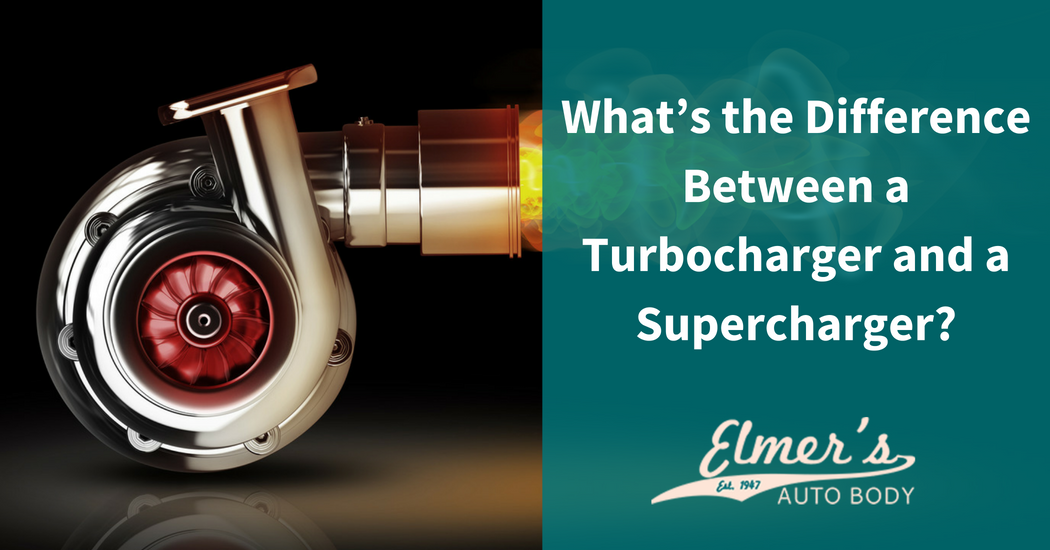There is no question that American’s love their cars, especially those that go very fast. Speed is attractive to many in this country to the point we turned running from revenue agents during Prohibition into a sport loved by many, NASCAR. High performance engines fit in small sports cars and movies with fast-moving cars always do well at the box office. One way to speed up an engine is to add turbochargers or superchargers. However, it is important to understand the difference between them.
What is a Turbocharger?
Forced air induction gives a car more power and one way to do this is by tapping into the mechanical energy of the exhaust gases. This is a turbocharger. A turbocharger spins at a high g-rate and compresses air as it flows into the engine. This allows more air to be pushed into each cylinder as well as adding more fuel. When the mixture explodes, it is more powerful and doesn’t add engine weight since it uses the exhaust steam coming from the engine.
What is a Supercharger?
There are three different types of superchargers available compared to just one type of turbocharger. Named for Philander and Francis Roots, the Roots supercharger uses meshing lobes to blow air into the intake manifold. The Twin-Screw slams air together at decreasing speeds until it is deposited in the intake manifold. A Centrifugal uses an impeller to draw air in and uses centrifugal force to spread high-speed low-pressure air into the manifold.
Differences Between the Two
Turbochargers are complex and require skill to maintain. It sits on the exhaust manifold so that the turbine is spun by the exhaust. This is a weakness as you have to wait for the exhaust to pass through after stepping on the gas to get it started. It is shaft-connected to a compressor between the manifold and air filter, with the compressor adding between six to eight pounds. A turbocharger adds between 30 and 40 percent more power without adding to exhaust pollution. It is usually quieter than a supercharger and works best at high engine speeds. A supercharger uses the crankshaft for power which means it provides power to the engine almost immediately. The Roots supercharger is connected by a belt, chain, gear or shaft to the engine so it looks more impressive. It is also fuel-hungry and tops out around 50,000 RPM, using fuel the entire time to maintain its RPMs. It provides 46 percent more power at lower speeds which makes them a good option for trucks and diesel engines.
Whether your vehicle is turbocharged or supercharged, if you’ve been involved in a collision contact us today by calling or filling out the easy form online.

